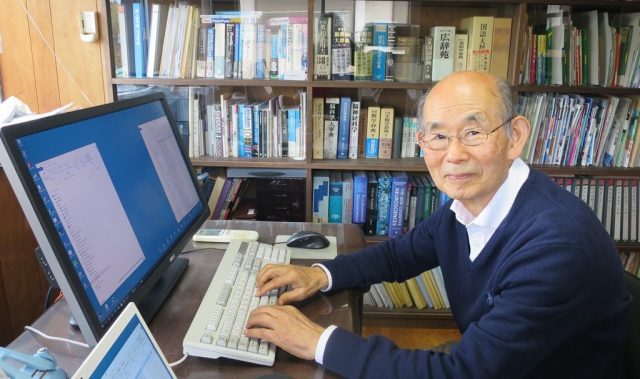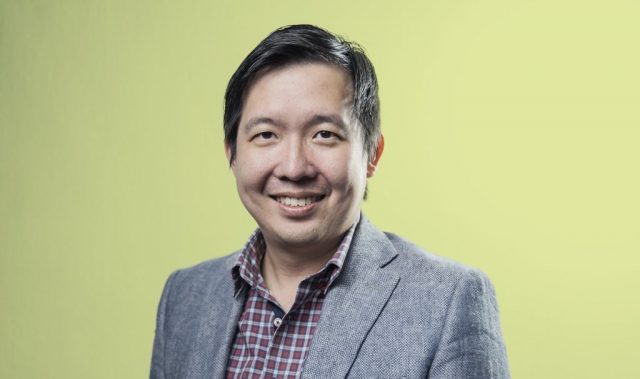
AsianScientist (Jan. 6, 2017) – For decades, scientists have tried to make robots more human by designing computer algorithms that allow them to learn. But similar biological algorithms may exist in people, governing not only how we learn and act, but also how we evolved.
That is the firm belief of Professor Leslie Valiant, a computer scientist at Harvard University and a speaker at the upcoming Global Young Scientists Summit@one-north 2017 (GYSS 2017). His ground-breaking research has been fundamental to the development of machine learning and artificial intelligence.
Teaching machines to learn
In 1984, inspired by how humans learn new concepts without explicit programming, Prof Valiant published a seminal paper outlining the conditions under which a machine could be said to “learn.”
In the paper, A Theory of the Learnable, he proposed the “Probably Approximately Correct” (PAC) model—the idea that a machine can create useful generalizations by examining an array of examples.
For instance, it might determine what human characteristics are by analyzing examples of mammals labelled either “human” or “not human.” It might decide that humans are “warm-blooded, have opposable thumbs and give birth to their young,” and then use this algorithm to make a call on animals it sees in the future.
Of course, this algorithm is incomplete—chimpanzees also have those characteristics, and might be mistaken as human. What if all the “human” examples had fair hair? The machine would then generalize, incorrectly, that all humans have fair hair.
While the machine is unlikely to be always and entirely correct, with enough examples, it is likely to be probably and approximately correct—hence the model’s name. PAC is now the foundation of modern computational learning theory. For this and other trail-blazing work, Prof Valiant was awarded the 2010 Turing Award, regarded as computing’s Nobel Prize.
Decoding biological algorithms
More recently, Prof Valiant has expanded the PAC model to biology. Humans, he notes in his 2013 book Probably Approximately Correct, are shaped by evolution before conception, and by learning afterwards. He thus put forth the concept of an “ecorithm”—a learning algorithm that runs on any system that interacts with its physical environment.
“There is a clear argument for the statement that all aspects of an individual’s behaviour are controlled by the joint influence of the evolution of the species and what the individual has learned,” he said.
“If evolution and learning are both forms of ecorithms, then the study of ecorithms offers a unified approach to understanding both.”
Prof Valiant believes that together, biologists and computer scientists can unlock biological algorithms to explain not just evolution but also human behavior.
“For example, the many ways in which human reasoning is prone to mistakes, as studied by psychologists over the decades, could be reflections of the way humans learn and represent information in the brain,” he said.
Asian Scientist Magazine is a media partner of the GYSS@one-north 2017.
———
Source: National Research Foundation.
Disclaimer: This article does not necessarily reflect the views of AsianScientist or its staff.












